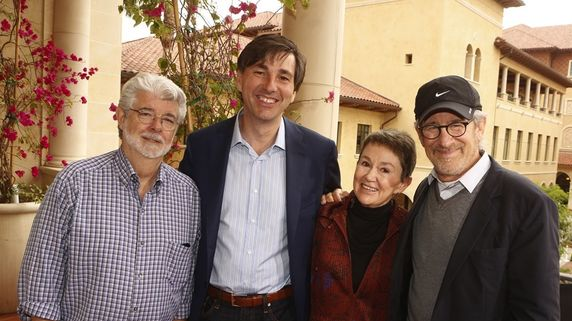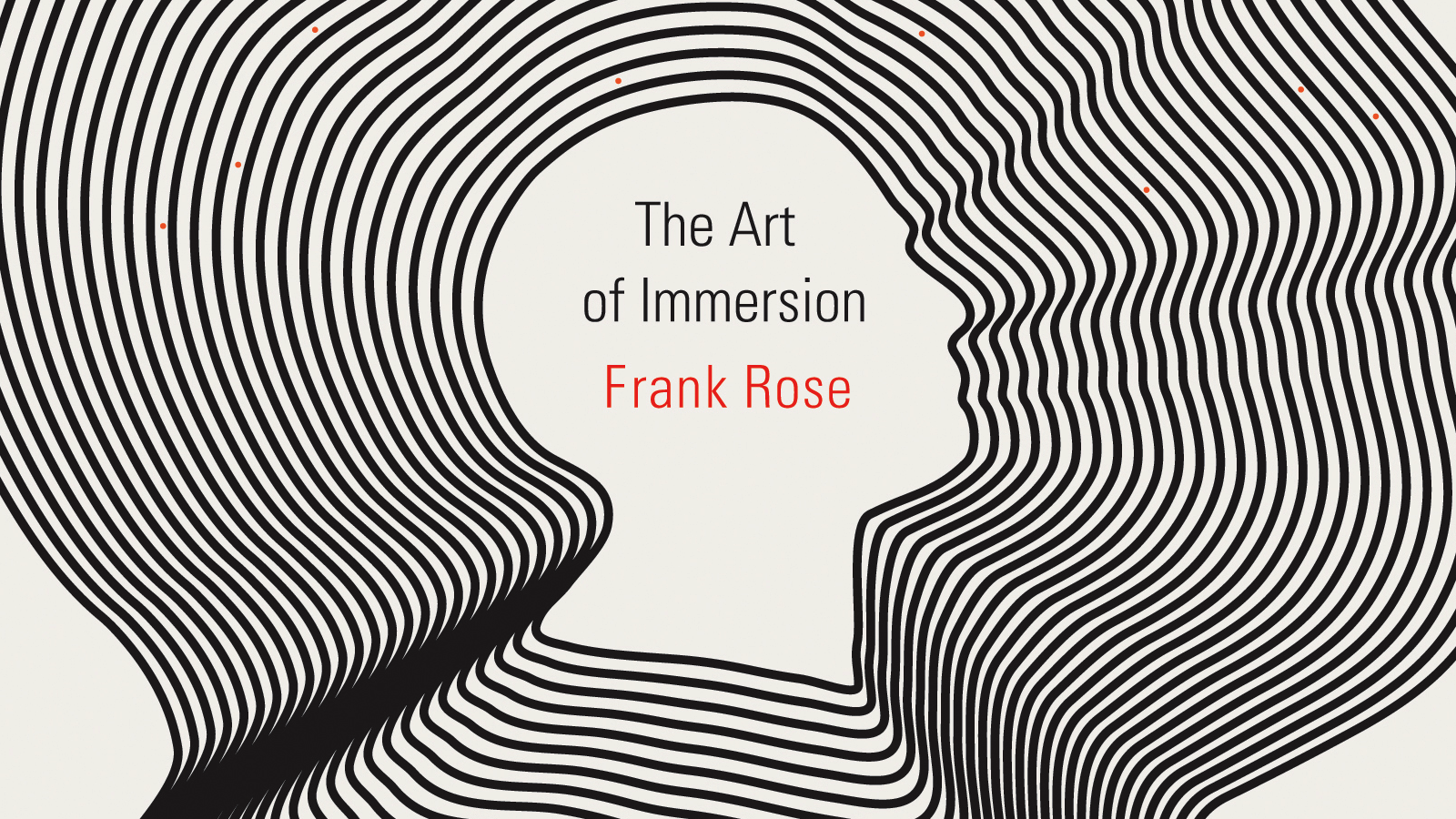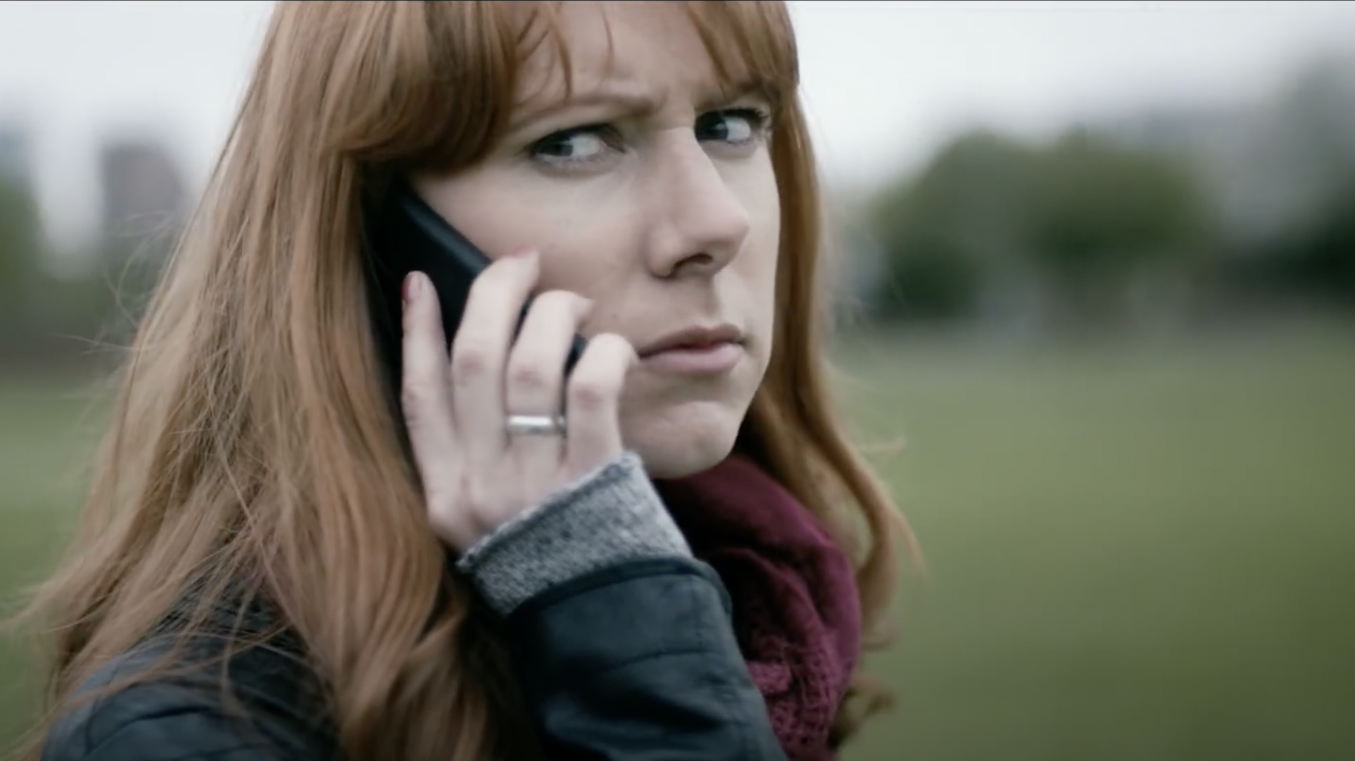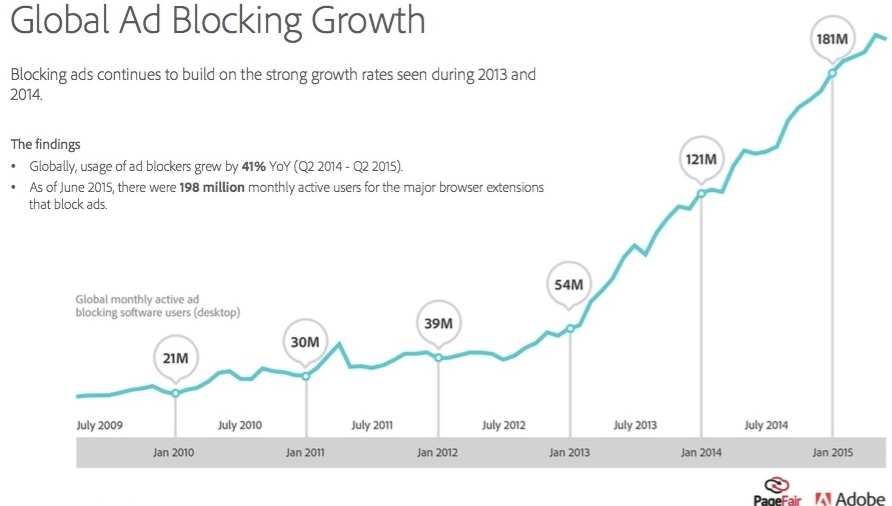
June 13, 2013
Sometimes you really need to sit up and pay attention. That was clearly the case at USC last night as George Lucas and Steven Spielberg predicted the imminent demise of the movie business—or at least, the movie business as we know it. Because Lucas and Spielberg aren’t just two super-successful directors who’ve made a bunch of blockbuster films. They are the two directors who essentially invented the blockbuster back in the ’70s, and in the process saved Hollywood the last time it was headed for oblivion. When they say, as Spielberg put it, “There’s going to be an implosion where three or four or maybe even a half-dozen of these mega-budgeted movies go crashing into the ground and that’s going to change the paradigm again,” it matters, because they’re the ones who set in motion the paradigm we have now.
➠ Read “Movies of the Future” in The New York Times Sunday Opinion, June 23, 2013
The occasion for this pronouncement was significant as well: the opening of the School of Cinematic Arts’ new Interactive Media Center, a $50 million high-tech playground that boasts such toys as Oculus Rift headsets, Microsoft Kinect motion sensors, a 3-D printer, and 55-inch interactive screens from MultiTouch. Whatever takes the place of movies will as likely as not be invented here.
Spielberg and Lucas aren’t the only ones who see an implosion ahead. Last month in the Times, James Stewart observed that “the studios seem to be headed over a blockbuster cliff”—and sooner rather than later. Between May and July, he noted, 17 would-be blockbusters are due to hit the theaters. And yet, as Cowen & Co. analyst Doug Creutz pointed out, “we’ve never had a summer where more than nine did well, and often it’s fewer.”
The problem is that all the studios have hit on the same sure-fire strategy for success: Release fewer pictures, aim them at an international audience, spend $200 million or so on each and another $200 million on marketing, and wait for the dollars to roll in. For each individual studio it makes total economic sense—and collectively it’s a crash waiting to happen. So far this year there haven’t been any disasters on the order of John Carter, last year’s $250 million debacle from Disney, which performed so poorly that the studio ended up taking a $200 million write-down, the biggest in Hollywood history. But we’re only a couple of weeks past Memorial Day, and there’s still plenty of big-budget behemoths coming up.
For all their doom-and-gloom projections for the studios, Lucas and Spielberg were quite cheerful about the opportunity for movie-makers. “Now is the best time we can possibly have,” Lucas argued. “It’s a mess. It’s total chaos. But out of that chaos will come some really amazing things. And right now there are amazing opportunities for young people coming into the industry to say, ‘Hey, I think I’m going to do this and there’s nobody to stop me.’”
The question is, what exactly are they going to do? For the short term, Lucas predicted they’ll be telling smaller, more intimate stories for the home screen—stories like Lincoln or Red Tails, which even these two directors had trouble getting into theaters. As for the blockbusters, they won’t disappear entirely—they’ll just cease to be mass-market entertainment. “You’re going to end up with fewer theaters, bigger theaters with a lot of nice things,” he said. “Going to the movies will cost 50 bucks or 100 or 150 bucks, like what Broadway costs today, or a football game.”
Over the long term, however, the people coming into USC’s interactive media program will be creating entertainment that’s a lot more, well, interactive—not to mention participatory and immersive. “I believe we need to get rid of the proscenium,” Spielberg declared. “We’re never going to be totally immersive as long as we’re looking at a square, whether it’s a movie screen or whether it’s a computer screen. We’ve got to get rid of that and we’ve got to put the player inside the experience, where no matter where you look you’re surrounded by a three-dimensional experience. That’s the future.”












Comments
Adam Westbrook
- June 14, 2013
And then you see things like this - http://www.youtube.com/watch?v=9tUT_rpGAQA - a film shot by an 18-year-old who's never been to film school, over a few weeks with his friends, and you realise we're there already.
Frank Rose
- June 14, 2013
Nice—very nice. Thanks for sharing this. Now I'm eager for the series, out next month: http://www.perspectivefilm.org/